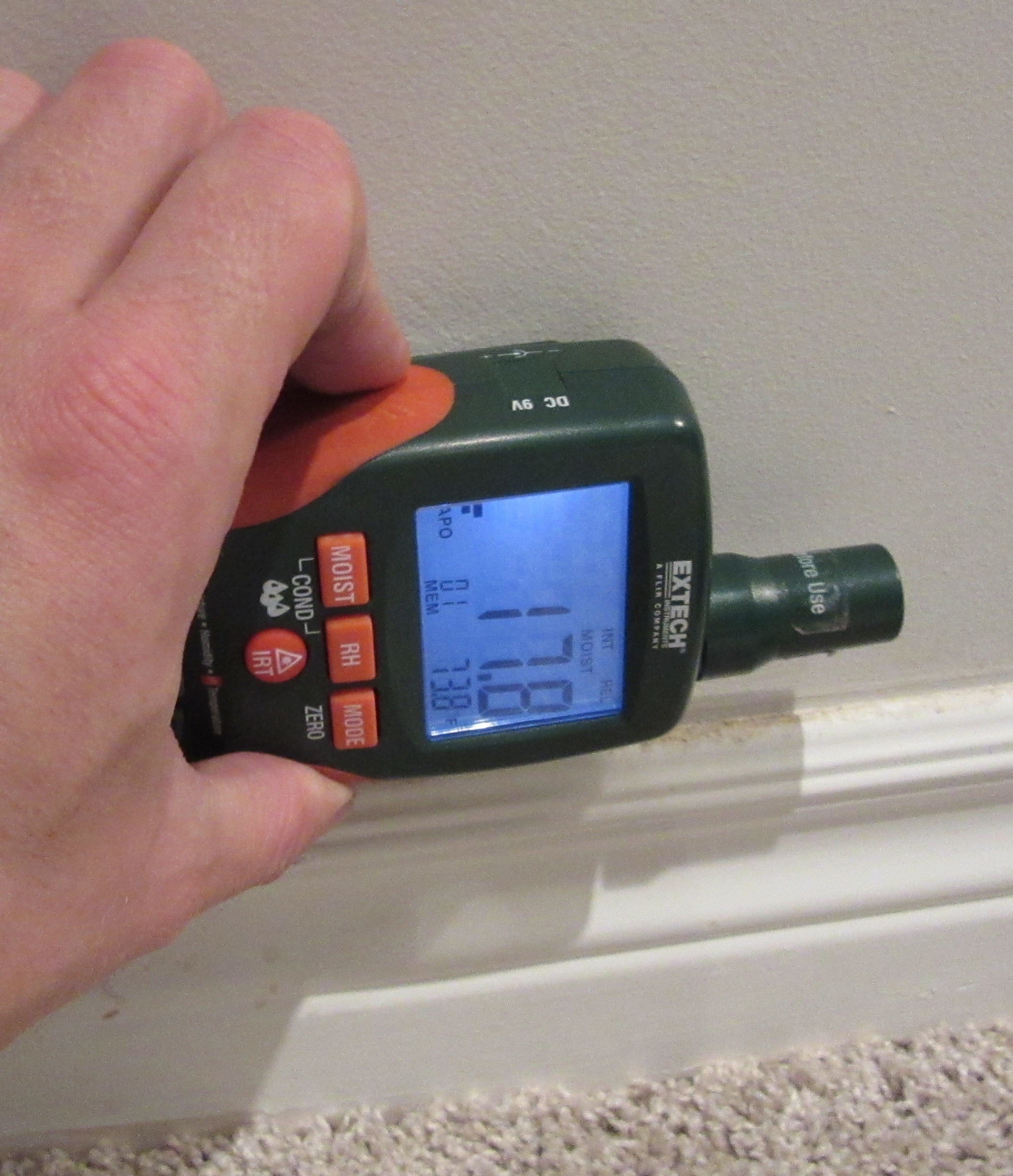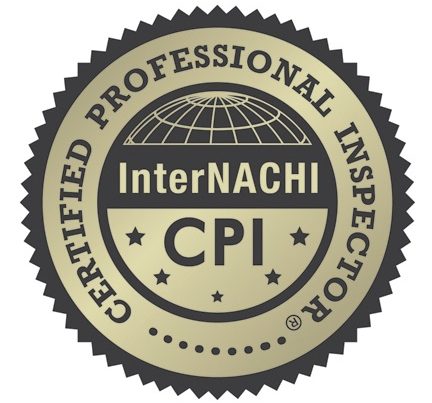
Before buying a home, you’ll want a moisture inspection to locate of moisture, which can damage the structure itself as well as encourage the growth of mold, a potential health risk. According to the University of Minnesota they state that with any relative humidity, or amount of moisture in the air, and is above 50 percent, the home may have moisture problems.
A professional Moisture inspection will include the following:
- Use thermal moisture measuring tools and fiber optic cameras
- Look for water stains on walls and floors, paint, wallpaper and flooring may be discolored, cracking, peeling or blistered. We will look behind cabinets, in crawl spaces, under carpets, in attics and on the outside walls
- Check inside windows for condensation, ice or frost. Also, look for sweating or rusted pipes, and obvious water leaks such as dripping or standing water around the plumbing
- Notice if the inside of the home smells musty or feels damp- Both are signs of mold, mildew or rot caused by excess moisture
- Pay attention to deformed or rotting wood inside and outside the home. Wood swells when it suffers moisture damage, and cracks or cups when it dries out. Rotting wood is a sign that the moisture problem is more advanced. Darker wood may appear lighter with dark veins running through it, while normally light-colored wood may have brown streaks on the face or end grains. The surface of rotting wood also may feel soft, or have a blue or steel gray hue to it
- Search for signs of mold and mildew, especially in bathrooms, kitchens, laundry rooms and utility rooms. Mold and mildew appear as brown, orange, green, black or white discolorations
- Examine any concrete or masonry areas for chipping, crusting or powdery buildup. Excess moisture can cause deterioration as the freeze-and-thaw cycle occurs. We will look for damage both inside and out
